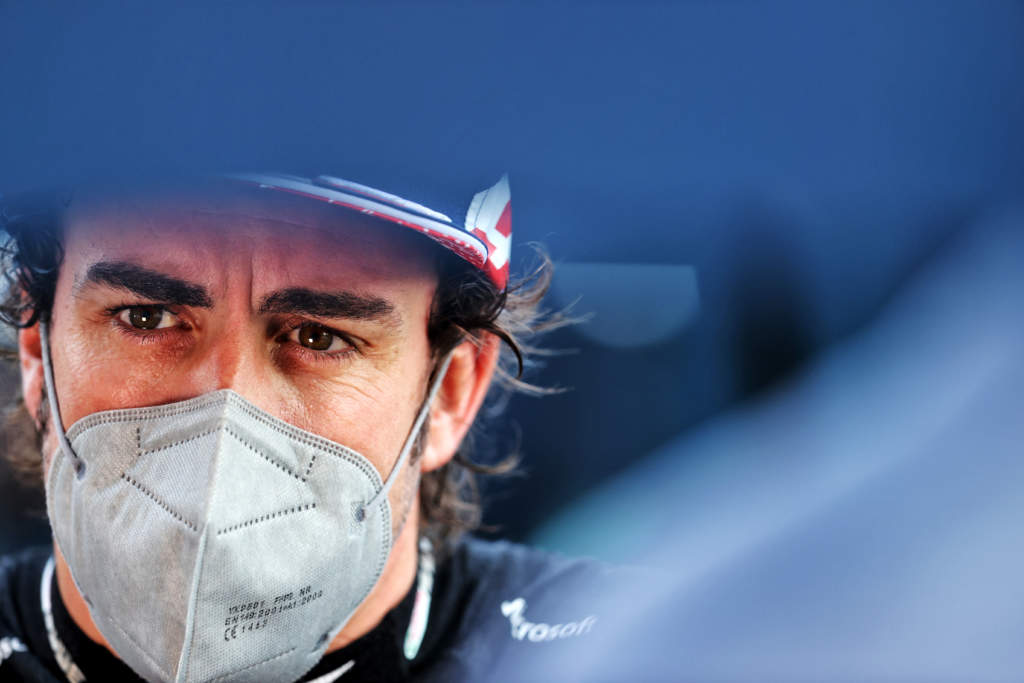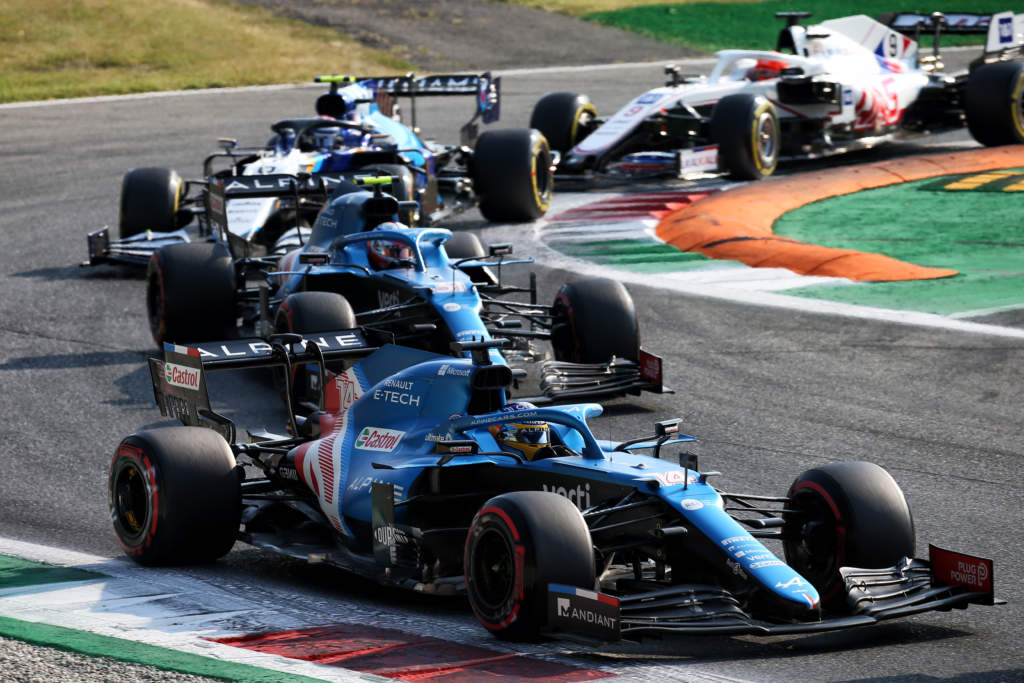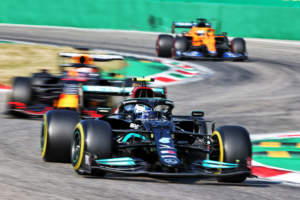Up Next

Aston Martin team principal Otmar Szafnauer has warned that Formula 1 risks becoming Formula 2 if some of the more bold ideas that have been suggested to liven up the weekend format, including reverse grids, are adopted.
F1 is willing to consider a reverse grid for the sprint races, which Monza hosted the second of after the format was used for the first time at Silverstone, with drivers having floated the possibility to make the races more dramatic.
Given the Monza sprint was a relatively straightforward race, with the running order of the top eight remaining unchanged after the opening corners and the highest-placed passing move in that time Sergio Perez overtaking Lance Stroll for ninth, potential changes to the sprint concept proved to be a hot topic at Monza yesterday.
“I will support what the fans deem to be entertaining,” said Szafnauer when asked about the possibility of a reversed grid.
“However, I think a reverse grid in Formula 1 is a big, big departure from what the sport was always about.
“I personally wouldn’t want us to have this sprint race on Saturday turn into a slippery slope to becoming Formula 2.
“If that’s what the fans want then I’m wrong and let’s do what the fans want.
“But I don’t think Formula 1, the pinnacle of motorsport, should start entertaining weight penalties, reverse grids, all that sort of stuff.”

While some drivers have supported the idea of reverse grids, Alpine’s Fernando Alonso, who finished 11th in the Monza sprint race, was critical of the concept.
He echoed Szafnauer’s position that reversed grids are more suitable for feeder categories.
“I’d like to see that happen because I’m not in the fastest car,” said Alonso of reverse grids. “But if I’m Mercedes or Red Bull I will not like it.
“The reverse grid in Formula 1 will be always difficult to agree on, because it’s an unfair thing. It’s good for the junior categories, but maybe we lose a little bit of the DNA of Formula 1 which is always the fastest car has an advantage.
“It has been always like this in the years of the sport and it should be maybe like that.
“I have nothing against the fastest car winning races. The reverse order maybe changes how fair things are.”
Alonso backed the concept of a sprint race taking place because it is more interesting than watching a free practice session.
But he was open to the idea of a change to the qualifying rules to make it one-shot qualifying to make it more likely the grid is mixed up.
“If I was at home, I’d prefer to watch the sprint race than to watch FP2,” said Alonso. “Last year I didn’t put the television on when it was FP2 because I didn’t care. I only watched the times, but not the full hour and a half of FP2.

“And if I was at home as a spectator, today I will put the TV on just to see the start and to see some action.
“Probably there is more fun in this format. Friday is the only point we need to improve.
“If qualifying is still six sets of tyres, we will eventually finish in the natural order of the cars. So in Saturday’s sprint race we will just start and finish in our position. Whereas [it would be different] if the format in qualifying on Friday was a bit different, or even one lap.
“Yesterday, in Q2, I locked up the front tyres into Turn 1 and with that lap, I would start last because I make a mistake, and I will pay the price.
“So I start last and maybe I have a hard job to do and there is a sense of the sprint qualifying. It will be more spicy.
“So I still think the same I did after Silverstone – the Friday is the thing that we need to, if possible, change the natural order of the cars.”
There is some support for reverse grids among teams, with Ferrari team principal Mattia Binotto saying on Friday that he was open to the idea of a reversed grid, saying “for the show and spectacle it can be of interest”.
But Mercedes team principal Toto Wolff is a long-time critic of the idea. Mercedes was key to blocking the possibility of a reversed-grid sprint race being trialled last year, and Wolff was another to argue after the Monza sprint that the format is only suitable for junior categories.

“I remain in the same position, it’s diluting the DNA of the sport, of a meritocracy,” said Wolff.
“I think the sprint races are worth a try. I’m not sure we will keep them.
“But reverse grids can be done in junior formulas where you want to see the overtaking abilities of drivers.
“It’s not something we should even come close to in Formula 1.”
Wolff suggested that F1’s ideal format would be a single free practice session on Friday, a second session and conventional qualifying on Saturday then the grand prix on Sunday.
He warned that F1 must be extremely cautious when drawing conclusions from the sprint race experiment to avoid diluting a conventional format that is so popular.
“Whatever conclusion we take all together, the teams, the FIA and FOM in the F1 commission on whether we discontinue or we continue, we need to do it with a fine toothcomb,” said Wolff.
“I don’t think these regulations we should [force through] with a baseball bat, we have too much responsibility for our sport to just freestyle with regulatory changes.
“And if Brazil [which is scheduled to host the third sprint race] proves to be an exciting race, probably there will be appetite or maybe there will be appetite to continue.
“But the rest, some of the suggestions that have come up are just confused.”







